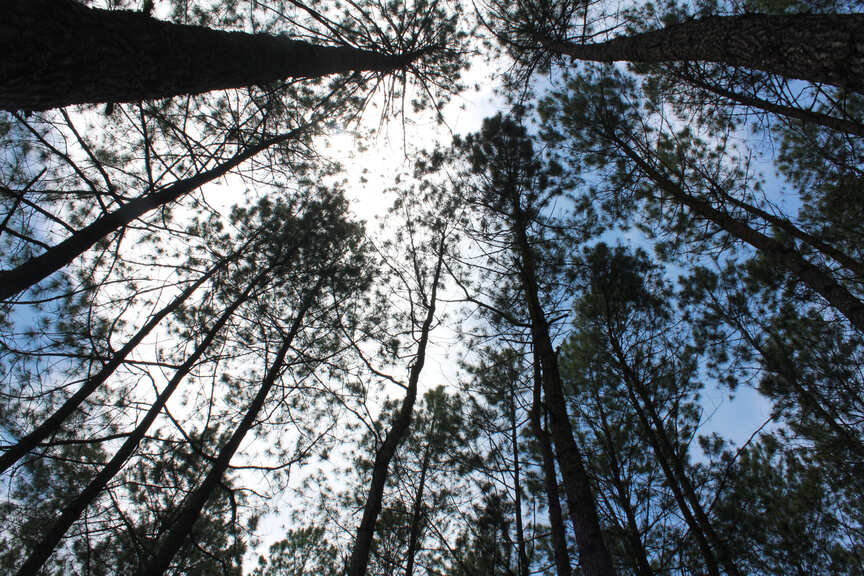Overview of Pine Tree Species and Their Cone Production Capabilities

Pine trees belong to the genus Pinus and are part of the coniferous family. There are approximately 100 species of pine trees, each with unique characteristics and cone production capabilities. Pine trees are classified into two main categories: soft pines and hard pines. Soft pines have larger, softer seeds and cones, while hard pines have smaller, harder seeds and cones.
Do All Pine Trees Produce Pine Cones?

Yes, all pine trees produce pine cones. However, the frequency and quantity of cone production vary among species. Some pine trees, like the eastern white pine, produce cones every few years, while others, like the Jack pine, may take over a decade to drop cones.
What Are the Identifying Characteristics of Pine Trees with Cones?
Here is a list of some common pine tree species and their characteristics:
| Pine Tree Species | Cone Characteristics |
|---|---|
| Eastern White Pine (Pinus strobus) | Produces cones every few years, with cones typically 6-10 inches (15-25 cm) long. |
| Jack Pine (Pinus banksiana) | Cones take over a decade to drop, and are typically 2-4 inches (5-10 cm) long. |
| Pinyon Pine (Pinus edulis) | Produces cones with large, edible seeds, typically 2 inches (5 cm) long. |
| Shortleaf Pine (Pinus echinata) | Cones are produced in variable quantities, with an average of 80,000 to 250,000 seeds per acre. |
What is the Role of Male Pine Trees and Their Cones?
Male pine trees produce smaller, softer cones that release pollen. These cones are typically yellowish in color and are located on the lower branches of the tree. They release pollen, which is carried by wind to fertilize female cones.
What are the Differences Between Male and Female Pine Cones?
| Characteristic | Male Cones | Female Cones |
|---|---|---|
| Size | Smaller and softer | Larger and harder |
| Function | Produce pollen | Contain seeds |
| Color | Typically yellowish | Typically brown or woody |
| Location | Lower branches | Upper branches |
What are the Functional Differences and Reproductive Roles of Male and Female Cones?
- Male Cones:
- Release pollen to fertilize female cones.
- Play a crucial role in the reproductive cycle.
- Female Cones:
- Protect and contain seeds.
- Open and close in response to weather conditions to regulate seed dispersal.
- Play a crucial role in the reproductive cycle.
What are the Lifecycle Stages of Pine Cones?
- Pollination: Male cones release pollen, which is carried by wind to fertilize female cones.
- Seed Development: Seeds develop within the female cone over a period of two to three years.
- Seed Dispersal: Female cones open, releasing seeds, which are dispersed by wind, animals, or water.
- Germination: Seeds germinate into new pine trees.
What are the Largest Pine Cones?
- Pinyon Pine (Pinus edulis): Produces cones with large, edible seeds, typically 2 inches (5 cm) long.
- Sugar Pine (Pinus lambertiana): Produces the largest cones of any pine species, reaching up to 24 inches (60 cm) long.
What are the Habitat and Growth Conditions of Pine Trees with Large Cones?
- Pinyon Pine (Pinus edulis): Native to the desert mountains of California, east to New Mexico and Texas, and north to Wyoming. Grows at altitudes between 6,000 and 9,000 feet.
- Sugar Pine (Pinus lambertiana): Native to the western United States, growing in mountainous regions with mild winters and cool summers.
References
- Fun Facts About Pine Cones – Michigan State University Extension. (2017, December 29). Retrieved from https://www.canr.msu.edu/news/fun_facts_about_pine_cones
- The Secret Life of Pine Cones – Ypsilanti District Library. (2020, December 11). Retrieved from https://www.ypsilibrary.org/2020/12/pine-cones/
- Pine Cone Palooza, Why This Past Fall’s Crop Was Over The Top – CBS6 Albany. (2024, January 23). Retrieved from https://cbs6albany.com/weather/weather-extra/pine-cone-palooza-why-this-past-falls-crop-was-over-the-top-01-20-2024.
